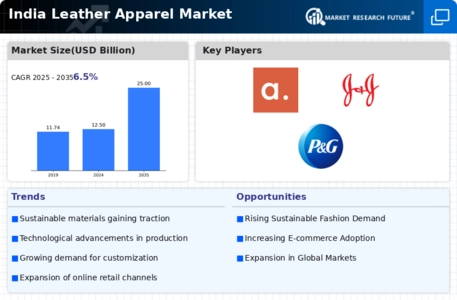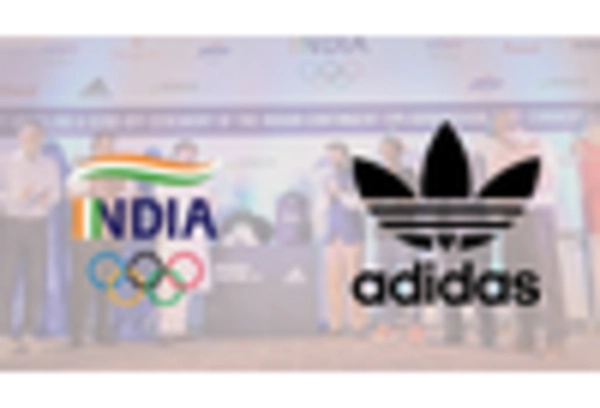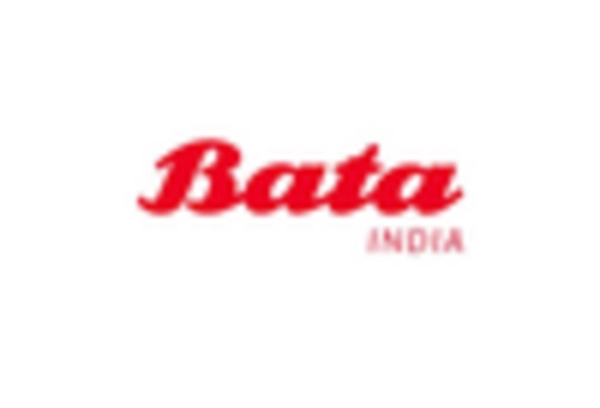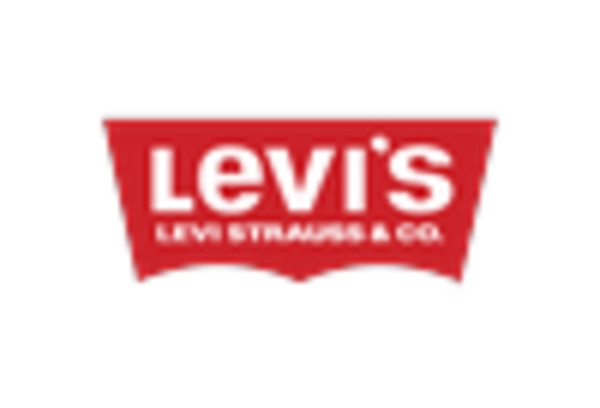Market Share
India Leather Apparel Market Share Analysis
In the vibrant and diverse landscape of the India Leather Apparel Market, companies employ a spectrum of strategies to secure and strengthen their market share, catering to the varied preferences of Indian consumers. A significant strategy revolves around product diversity and style. Leather apparel brands often aim to offer a wide range of products that resonate with the diverse fashion tastes prevalent across different regions and demographics in India. By providing a comprehensive selection that includes traditional and contemporary styles, companies seek to capture the attention of a broad consumer base and establish themselves as versatile players in the market.
Pricing strategies play a crucial role in market share positioning within the India Leather Apparel Market. Given the economic diversity in the country, companies may adopt a tiered pricing approach, providing leather apparel at various price points to cater to different income segments. Additionally, value-based pricing strategies, where the quality of materials and craftsmanship justifies the price, can attract consumers seeking both affordability and quality. Striking the right balance between cost-effectiveness and perceived value is vital for companies aiming to capture a significant share of the market.
Brand positioning is fundamental in building trust and recognition in the India Leather Apparel Market. Companies often invest in creating a strong brand identity by emphasizing factors such as ethical sourcing, craftsmanship, and alignment with the cultural fashion preferences of Indian consumers. Effective marketing strategies that resonate with the cultural and aesthetic nuances of different regions contribute to positive brand perception, influencing market share growth.
Distribution channels and accessibility are critical factors in market share positioning. Leather apparel brands strategically expand their presence through various retail channels, including exclusive brand stores, multi-brand outlets, and e-commerce platforms, ensuring their products are easily accessible to consumers across urban and rural areas in India. Collaborations with popular retail chains and partnerships with fashion influencers can enhance visibility and make products readily available, positively impacting market share.
Innovation in design, materials, and sustainable practices is another aspect of market share positioning in the India Leather Apparel Market. Companies often invest in research and development to introduce products that blend traditional craftsmanship with contemporary design elements. Additionally, a focus on sustainable and eco-friendly practices aligns with the growing awareness of environmental consciousness among Indian consumers, positively influencing market share.
Cultural relevance and customization are crucial considerations in the India Leather Apparel Market. Brands that understand and celebrate the diverse cultural contexts and occasions in India can create products that resonate with a wide audience. Offering customization options, such as tailored fits or traditional embellishments, allows consumers to feel a personal connection with the product, contributing to a positive consumer experience and influencing market share growth.
Digital marketing strategies, including social media engagement, online advertising, and e-commerce promotions, are integral to market share positioning in the modern Indian leather apparel market. Companies that actively engage with consumers through digital platforms, showcase their products through virtual try-ons, and leverage online communities can build a loyal customer base. Positive reviews, testimonials, and social media interactions contribute to brand visibility and influence market share.

















Leave a Comment